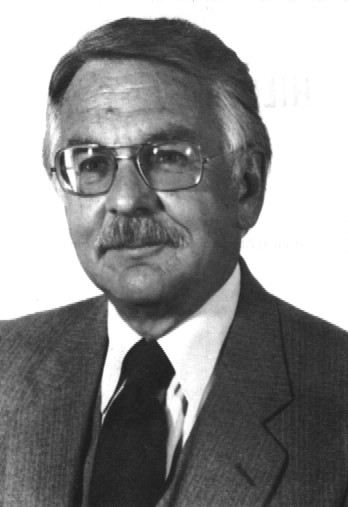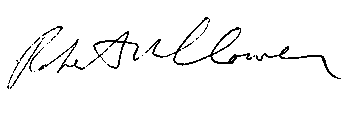| Profile | Major Works | Resources |
Robert W. Clower, 1926-2011


American economist, one of the founders of Disequilibrium Keynesianism in the late 1960s.
Born in Pullman, Washington. He served in the US Army during World War II (he landed at Omaha beach the day after the D-Day). After the war, Clower attended Washington State University, earning his B.A. and M.A. Selected as a Rhodes Scholar, Clower went on to complete his studies at Brasenose College, Oxford University, studying under John Hicks.
Clower returned to the United States in 1952. After a stint at WSU, Clower went on to become professor at Northwestern University in 1958. While at Northwestern, Clower came in contact with Axel Leijonhufvud, a student at the time (but apparently, Clower was not his mentor). In 1971, Clower moved to UCLA (again, with Leijonhufvud) before settling down at the University of South Carolina in 1986.
Robert Clower's early work on stocks and flows indicated that something was indeed amiss in the orthodox "Neoclassical-Keynesian Synthesis". In 1965, Clower produced his famous article "The Keynesian Counterrevolution" which underlined the inconsistent manner in which Neoclassical economics and Keynesian theory had been synthesised. He highlighted the absence of a microeconomically-founded Keynesian theory. Among the several resolutions he proposed was a reconstruction of microeconomics to account for the constraints imposed by effective demand - the "Dual Decision Hypothesis". The famous "Clower Constraint" (or "Cash-In-Advance Constraint") was introduced by Clower in 1967 as an expression of the effective demand constraint. The outcome of Clower's theory was a "disequilibrium" approach to a Walras-Keynes synthesis. The work of Axel Leijonhufvud and the early work of Robert Barro employed Clower's approach. The European "Non-Walrasian" school of macroeconomics also formalized and extended several of Clower's propositions.
|
Major works of Robert W. Clower
|
|
HET
|
|
Resources on Robert Clower
|
All rights reserved, Gonšalo L. Fonseca
